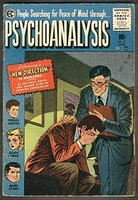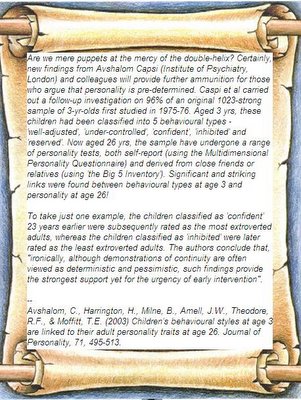 By publishing harrowing images of kidnapped hostages, media organisations could be inadvertently helping terrorists, psychologists have warned.
By publishing harrowing images of kidnapped hostages, media organisations could be inadvertently helping terrorists, psychologists have warned.Aarti Iyer and Julian Oldmeadow at Exeter University presented 26 men and 34 women with a description of Ken Bigley’s kidnapping, just days after news reports broke of his capture in Iraq. Half of the participants were also shown images of Ken Bigley that had been released by the kidnappers, and which had subsequently been published in the press. These showed Bigley in a prison-style orange jump suit, chained, caged and in obvious distress. The report detailed how the kidnappers were threatening to execute Bigley if their demands were not met. Afterwards all the participants recorded their emotional reaction to the kidnapping, in terms of their fear, sympathy and anger. They also reported their views on the Iraq war, and their opinion on whether the British government should negotiate with the kidnappers and heed to their demands.
Participants shown photographs of Ken Bigley, especially those who were against the Iraq war, subsequently reported feeling greater fear than participants who were only shown a written description of his kidnapping. Moreover, participants who experienced more fear, were also more likely to endorse negotiation with the kidnappers, and so Iyer and Oldmeadow concluded that by increasing people’s fear, the photos of Ken Bigley that appeared in the media could have indirectly aided the kidnappers’ aims.
“One reading of this research, then, is that those who asked the media not to publish the photographs of Mr. Bigley may have been correct in their misgivings”, the researchers said. However, they added that if the photographs had also shown the kidnappers and other aspects of the capture, the emotional impact of could have been different: provoking more anger, for example. “This suggests another reading of the research”, they said, “that the media should not be censored, but rather, should be careful to publish graphic images that present a balanced perspective of an event or situation”.
_________________________________
Iyer, A. & Oldmeadow, J. (2006). Picture this: Emotional and political responses to photographs of the Kenneth Bigley kidnapping. European Journal of Social Psychology. In Press, DOI: 10.1002/ejsp.316
Link to discussion on BBC News online
You have read this article Forensic
with the title January 2006. You can bookmark this page URL http://psychiatryfun.blogspot.com/2006/01/should-media-publish-images-of-terror.html. Thanks!













